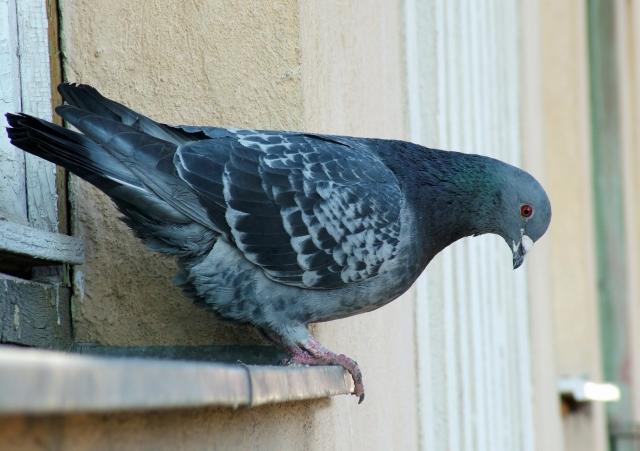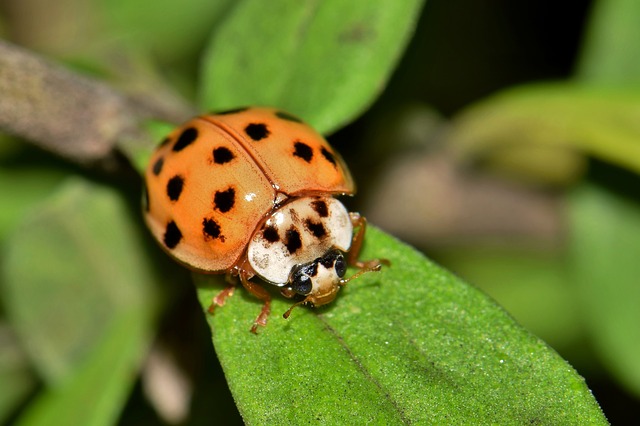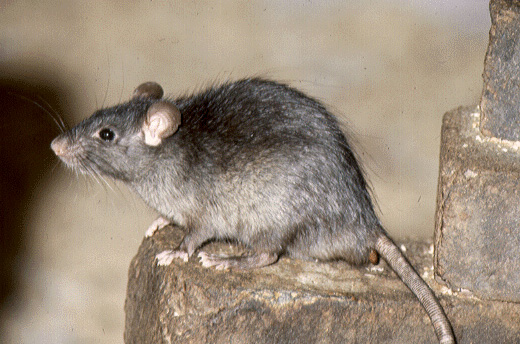Pigeons are an increasing problem and Regional Pest Services would like to advise you of the chief issues of concern regarding the potential hazards associated with pigeons, their droppings and nesting materials.
PSITTACOSIS (ORNITHOSISIS): This is an infectious disease. The organism is found in droppings, eye and nasal secretions of infected birds, which contaminate feathers and nesting materials. Transmission is usually through inhalation of contaminated airborne particles in which the organism can survive for several months.
The symptoms of human infection range from a flu-like illness with fever, joint, and muscle pains lasting a few days to more serious reactions including pneumonia.
BIRD LUNG (ALLERGIC ALVEOLITIS): This is an allergic condition occurring among bird keepers and people exposed occupationally to airborne particles in dust inhaled from bird corpses.
This can cause symptoms of fever and chest tightness with cough and in chronic form cause shortness of breath on exertion.
PATHOGENIC FUNGI Several pathogenic fungi find bird droppings, particularly if left to accumulate, a particularly good medium to develop. For most people, infection can appear to be little more than a bout of flu, but in susceptible individuals severe infections can occur.
INSECTS, MITES & FLIES: Urban birds have a number of blood-feeding parasites, which live in their nests and can bite humans including mites, fleas, ticks, and lice. Fleas will often infest office building carpets and cause biting insect problems.
Bird nests are also good harborage for other insect pests, which eat feathers, droppings and dead birds, but can live off and damage foods and textiles. These insects include carpet beetles, clothes moths, spider beetles, dermestes beetle and booklice.
Many of these pest outbreaks can occur even if the birds leave but nesting and droppings remain so that the insects forage as this food source breaks down.
When birds die inside or near buildings, the bodies can be a breeding site for flies.
PHYSICAL RISKS: The presence of bird infestations can produce foul odours, can deface and damage buildings and be a serious slip hazard when wet. Accumulations of droppings on pavements and fire escapes can result in injuries and complicated legal actions.
The defacement to building appearance can project a poor image to prospective clients particularly if in a food or professional business. Finally should a member of staff or public be unfortunate enough for birds to drop their faeces on them significant distress may be caused.
REMOVAL OF PIGEON CONTAMINATION: Guidance on this state that the following precautions are recommended:
• Personal protective equipment in the form of a disposable one-piece boiler suit with close-fitting hood or collar should be worn.
• Respiratory protective equipment is advised with filter.
• Good personal hygiene measures are essential and should include adequate washing facilities and separate eating facilities.
• The offending material should be removed in such a way as to minimise the amount of dust generated.
• Removed contaminated waste should be bagged and safely disposed of.
• Cleaned contaminated surfaces should be treated to eradicate residual bacteria & insects.
BIRD DETERRENT SYSTEMS Regional Pest Services are fully experienced in the installation of purpose-designed systems to prevent the re-occurrence of bird infestation by building proofing. This may include netting, sprung steel wires, bird spikes and repellent gel. All systems are fully licensed and are designed to not harm birds but to prevent access to the building from them.









